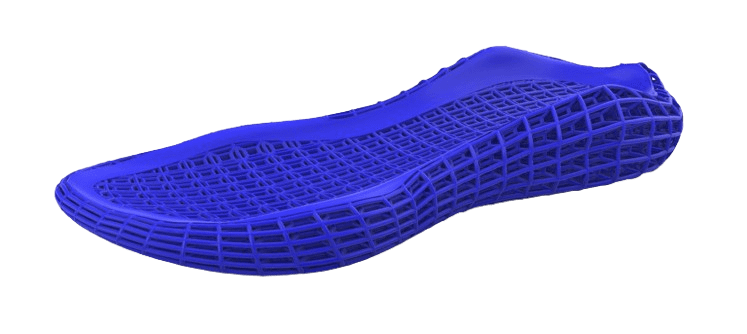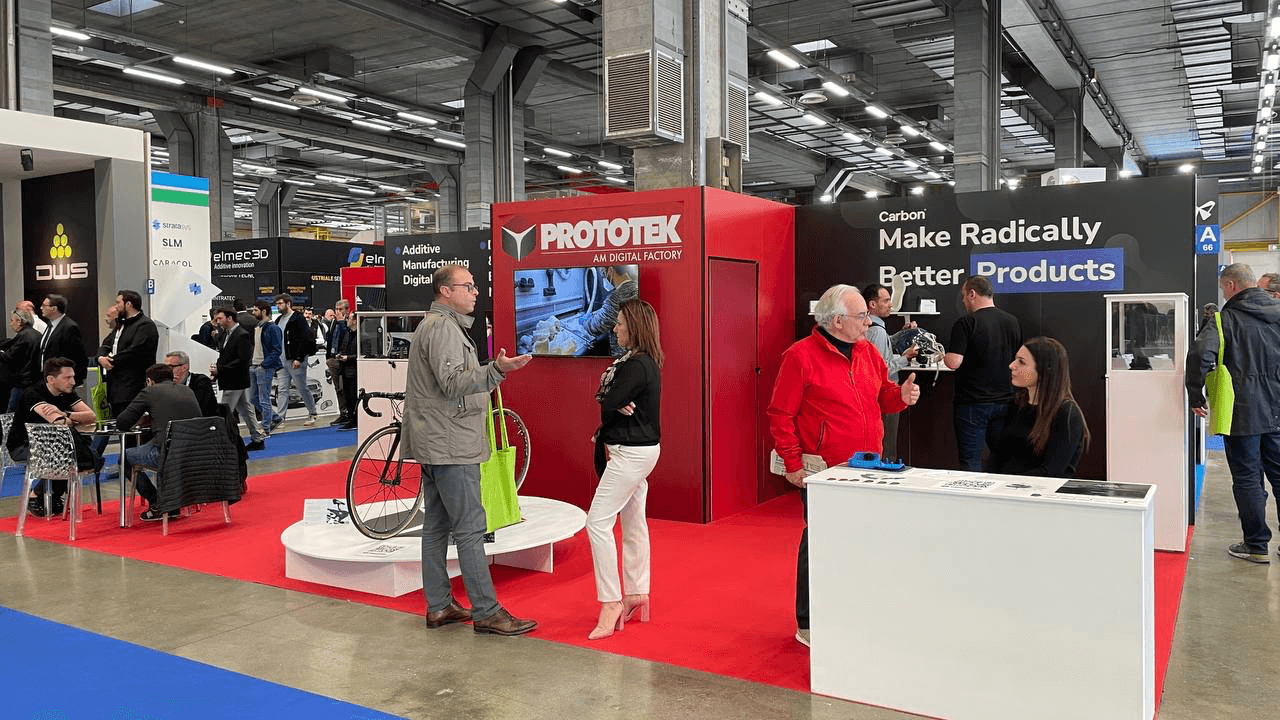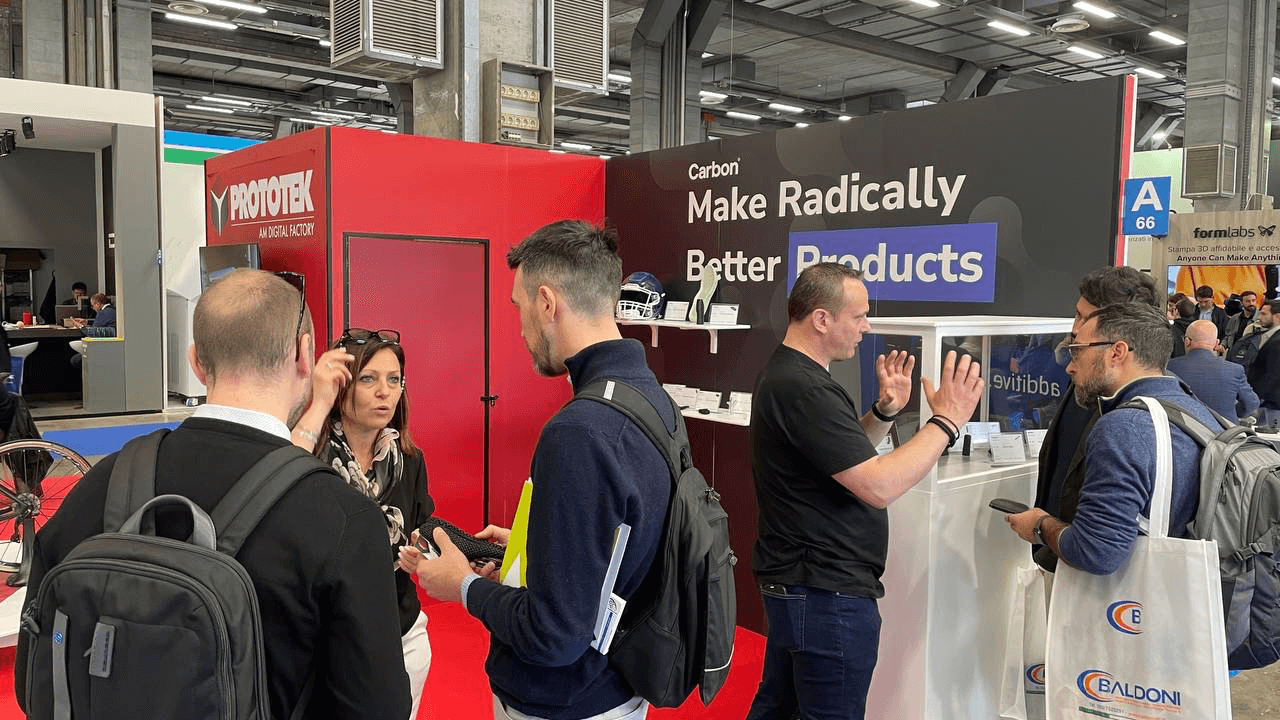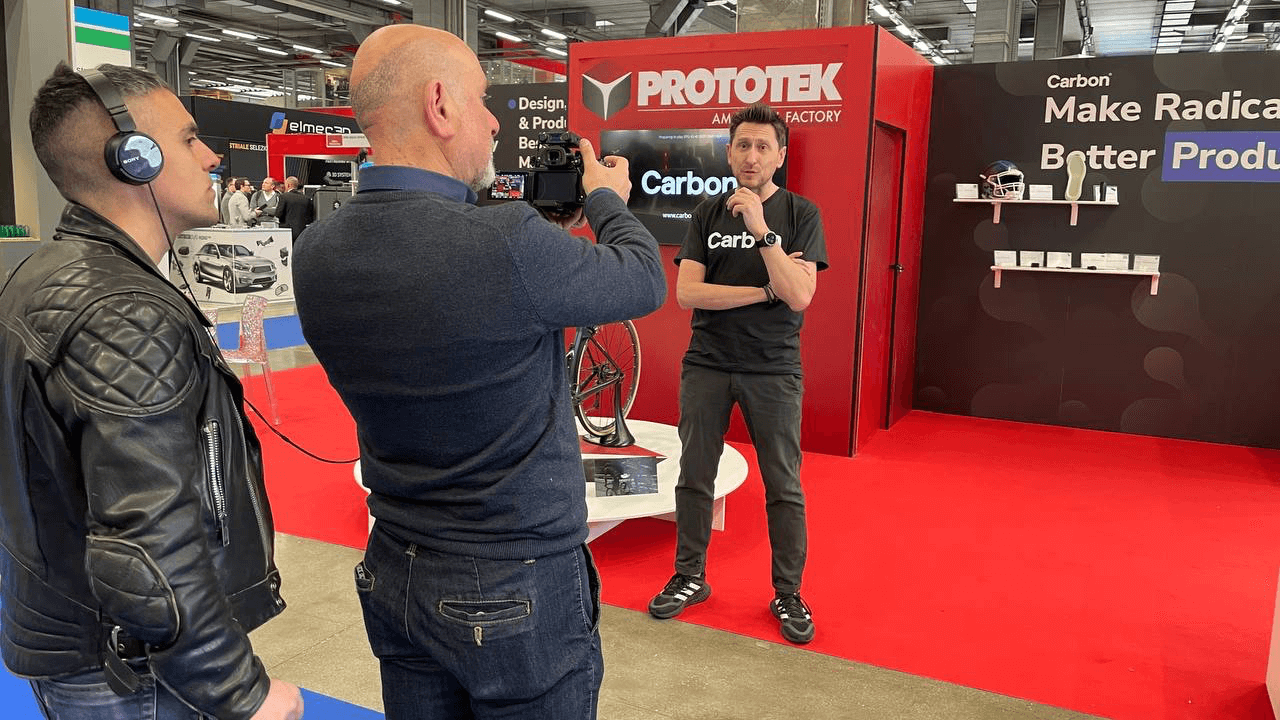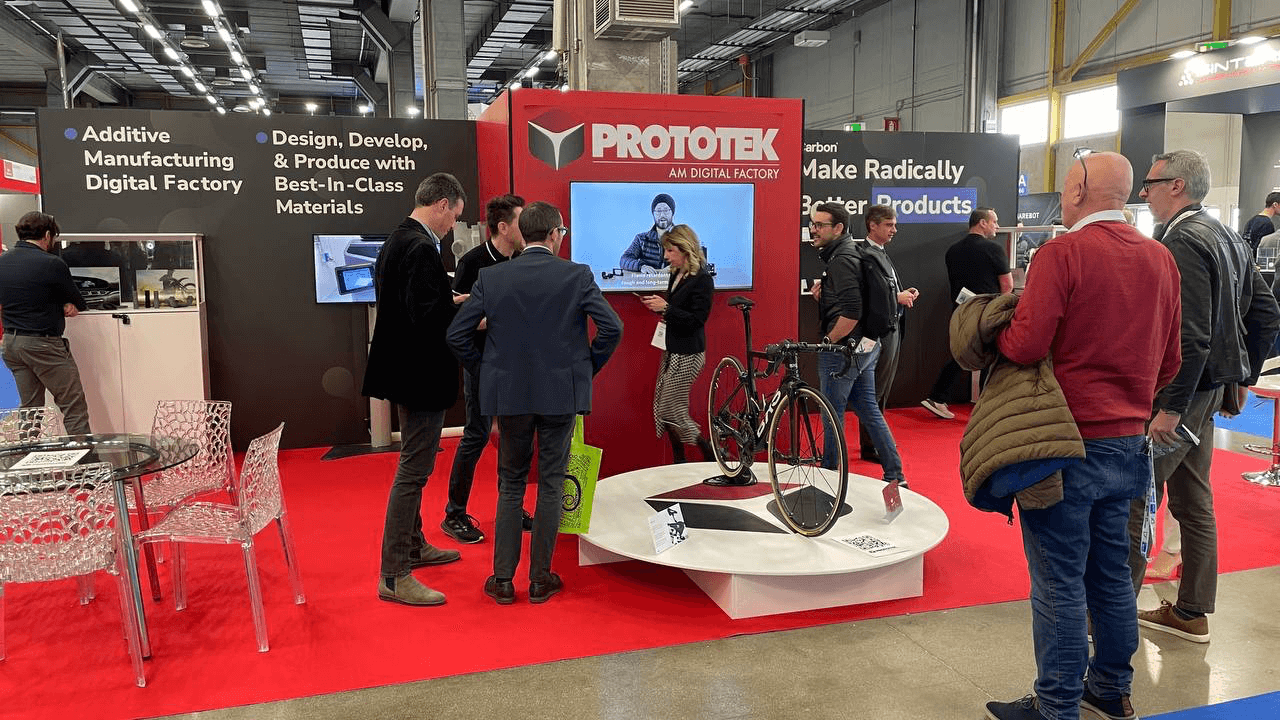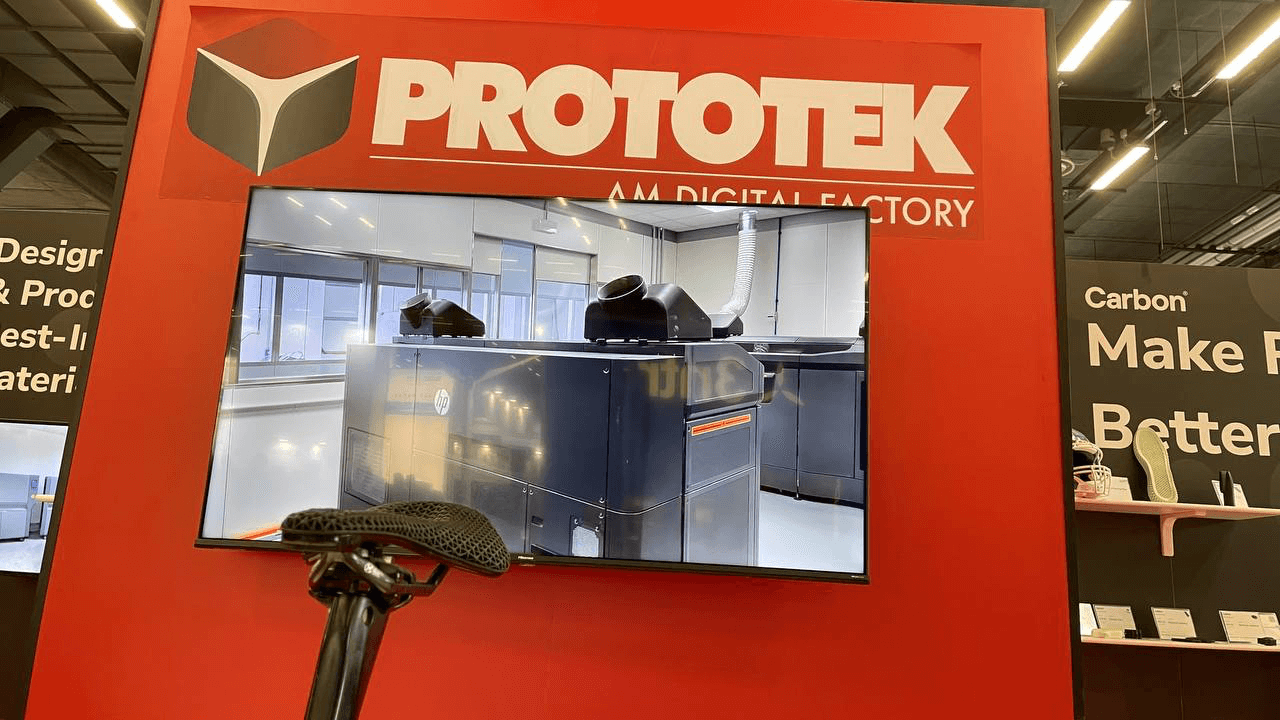How to reduce development time and risk with Prototek’s Rapid Prototyping
In highly competitive industries, reducing time-to-market and mitigating design risks are crucial. Rapid prototyping via advanced 3D technologies is a strategic lever to accelerate product development cycles, validate concepts early, and avoid expensive redesigns.
What Is Rapid Prototyping?
Rapid prototyping is a set of manufacturing techniques that converts a digital model into a physical object in a matter of hours or days. Rather than waiting for long tooling processes or specialized molds, engineers can iterate quickly on real geometry prototypes. Over time, rapid prototyping has become synonymous with additive manufacturing (3D printing) in product development.
By accelerating the iteration loop, from digital design to physical validation, companies can test functionality, appearance, and fit without the delays and costs of traditional prototyping methods.
Rapid prototyping is widely used across sectors: automotive, medical devices, consumer electronics, sports equipment, industrial design, fashion tech, and more.
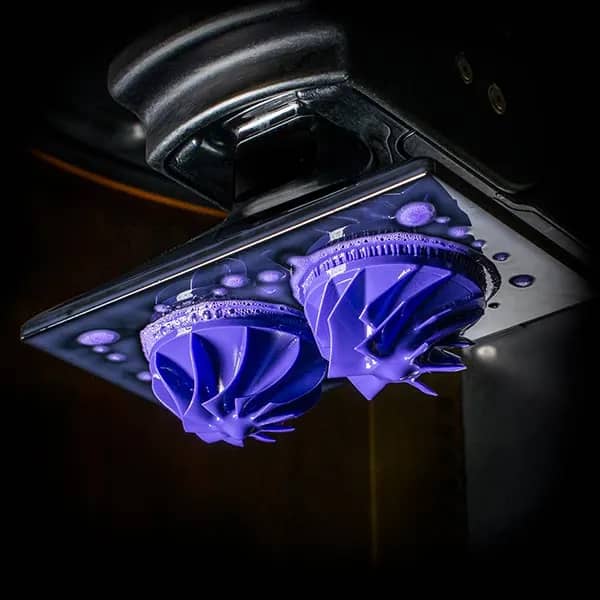
Key advantages of Rapid Prototyping
Here’s why designers and manufacturers adopt rapid prototyping:
Faster time-to-market: create, test, and refine in days rather than weeks
Lower development costs: reduce reliance on expensive tooling or bespoke machining
Functional testing on real geometry: validate mechanics, fit, or stress behavior
High customization potential: unique parts tailored to specifications
Continuous iteration & refinement: loop through versions rapidly
Supports both prototypes and small batch production: especially with high-end 3D methods.
These benefits collectively help organizations iterate fast, reduce risk, and innovate more efficiently.
Prototek: advanced 3D technologies for functional Rapid Prototyping
Prototek specializes in high-precision rapid prototyping using two of the most capable additive technologies available:
These enable robust, functional prototypes suitable for engineering validation, end-use testing, or small series production.
HP Multi Jet Fusion (MJF)
HP Multi Jet Fusion (MJF) is a powder-based additive manufacturing technology optimized for performance parts. It can produce geometries with fine detail, tight tolerances, and isotropic mechanical properties in engineering-grade nylon.
Unlike many polymer-based methods, MJF parts tend to be mechanically reliable and dimensionally stable.
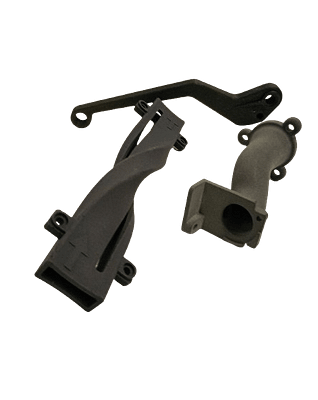
Typical materials used:
Nylon PA12: for stiffness and dimensional stability.
TPU M88A: for elastomeric components like gaskets, grips, or shock-absorbing parts.
Application sectors:
- Industrial & packaging: functional components for machinery, tooling, or packaging prototypes.
- Automotive: housings, clips, ducts.
- Electronics: enclosures, brackets, supports.
HP MJF is ideal when you need parts that combine strength, fine detail, and repeatability in short lead times.
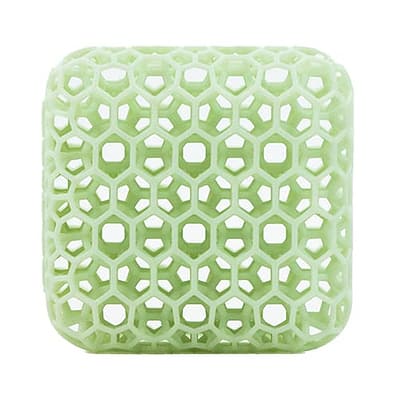
Carbon® Digital Light Synthesis™ (DLS)
Carbon’s DLS (Digital Light Synthesis) is a photopolymer-based, resin-curing additive method.
It excels at delivering high-fidelity surfaces, geometries with internal lattices, and a variety of mechanical behaviors (rigid, flexible, or elastomeric), using Carbon Design Engine Software.
Common Carbon resin materials at Prototek:
EPU 46 – elastomeric, impact-resistant
EPU 41 – resilient, good rebound in dynamic applications
EPX 86FR – flame-retardant resin suited to electronics & automotive
UMA 90 – versatile resin for aesthetic or functional prototypes
- LOCTITE IND405 – rigid, clear resin for prototypes that require transparency, strength, toughness, accuracy, and impact resistance.
Carbon’s DLS polyurethane and epoxy resins are especially powerful for parts needing smooth finishes, complex internal geometries (e.g. lattice structures), or mixed mechanical properties.
Real Case Study: Filippi & Prototek collaboration
A real-world application of Additive Manufacturing using Carbon® technology
A compelling example of rapid prototyping in action is Prototek’s partnership with Filippi, a leading manufacturer of high-performance rowing boats. Filippi and Prototek co-developed seat pad inserts using Carbon EPU 46, integrating a lattice design via Carbon’s Design Engine.
The result: shock-absorbing, resilient parts with improved comfort, validated on-water, all produced within rapid cycles. This project demonstrates how functional prototyping with high-end additive methods can directly enhance performance in demanding applications.
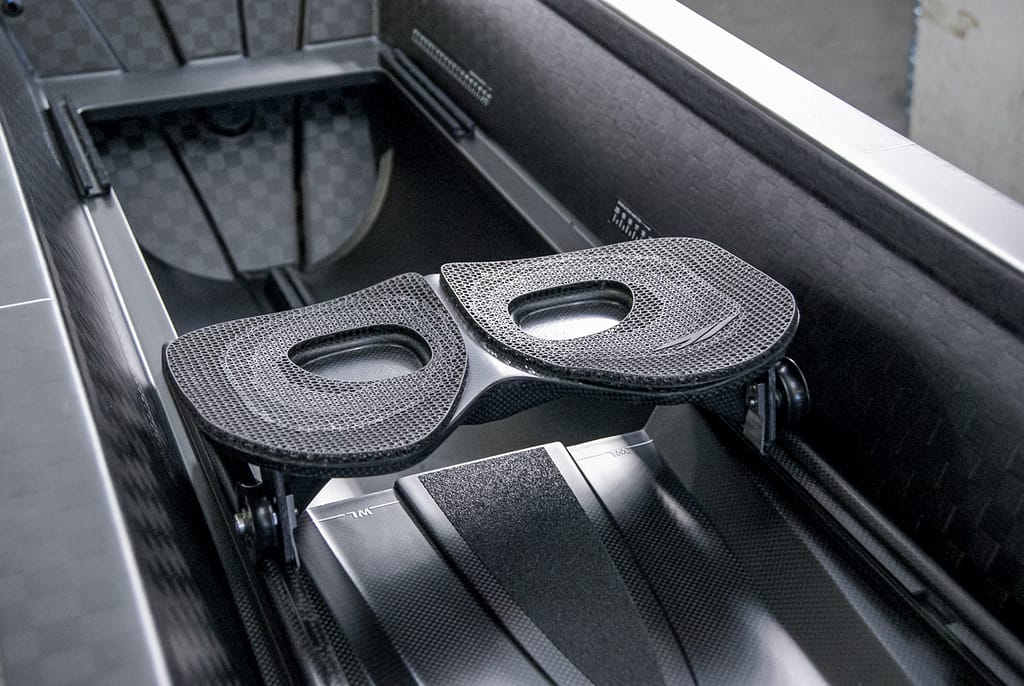
When to use MJF vs. DLS - a decision matrix
| Recommended Technology | Why | |
|---|---|---|---|
| Rigid, structural components | HP MJF | Excellent mechanical performance, fast printing | |
| Flexible, lattice or elastic parts | Carbon DLS | Elastic resins, fine lattices, design freedom | |
| High aesthetic / surface finish | Carbon DLS | Smoother surfaces, fine detail | |
| Functional prototypes rapidly | Either / Hybrid | Both offer precision, robustness, speed | |
| Small batch production | Either | Flexibility, quality, no tooling required |
This decision matrix helps engineers choose the right path based on performance requirements and design constraints.
Design & Manufacturing Considerations
To maximize success with rapid prototyping, keep these best practices in mind:
Design for Additive Manufacturing (DfAM) – optimize wall thickness, avoid overly thin features, orient parts for strength.
Tolerance & accuracy – MJF offers ~±0.3 % (±0.2–0.3 mm) while Carbon DLS can achieve tighter (~±0.1 %) tolerances under favorable conditions.
Post-processing – support removal, surface finishing, UV curing or thermal treatment may refine quality.
Iterative testing – build successive versions to refine design.
Material selection – choose resin or polymer based on mechanical, thermal, or chemical requirements.
Volume planning – both technologies are suitable for prototyping and low-volume production.
Why Prototek is your strategic Rapid Prototyping Partner
By combining advanced materials, design software, and skilled engineering, Prototek enables innovations at speed. Whether you need a single prototype or a small batch run, Prototek’s integration of HP MJF and Carbon DLS ensures parts that are performance-ready, dimensionally stable, and functionally validated.
From concept to real object, Prototek bridges design and production in record time, helping businesses iterate faster, cut risk, and bring products to market smarter.
